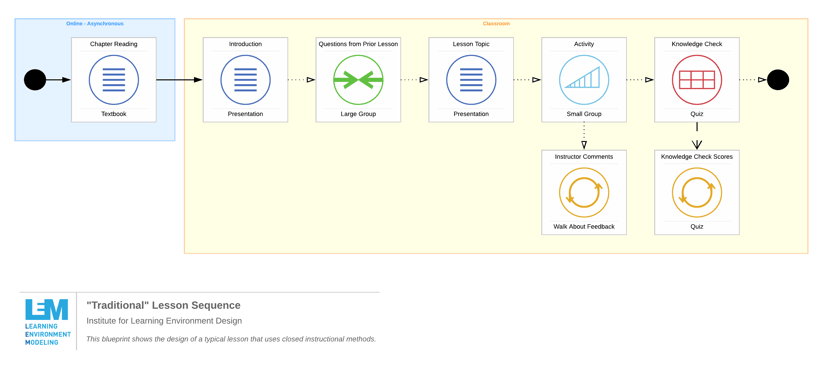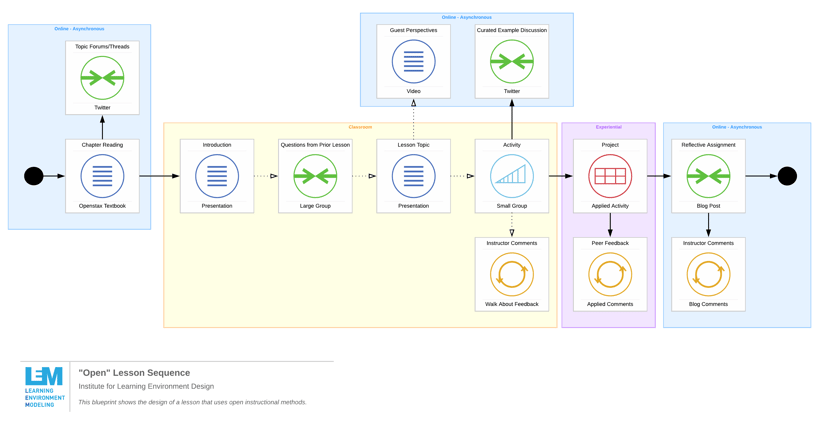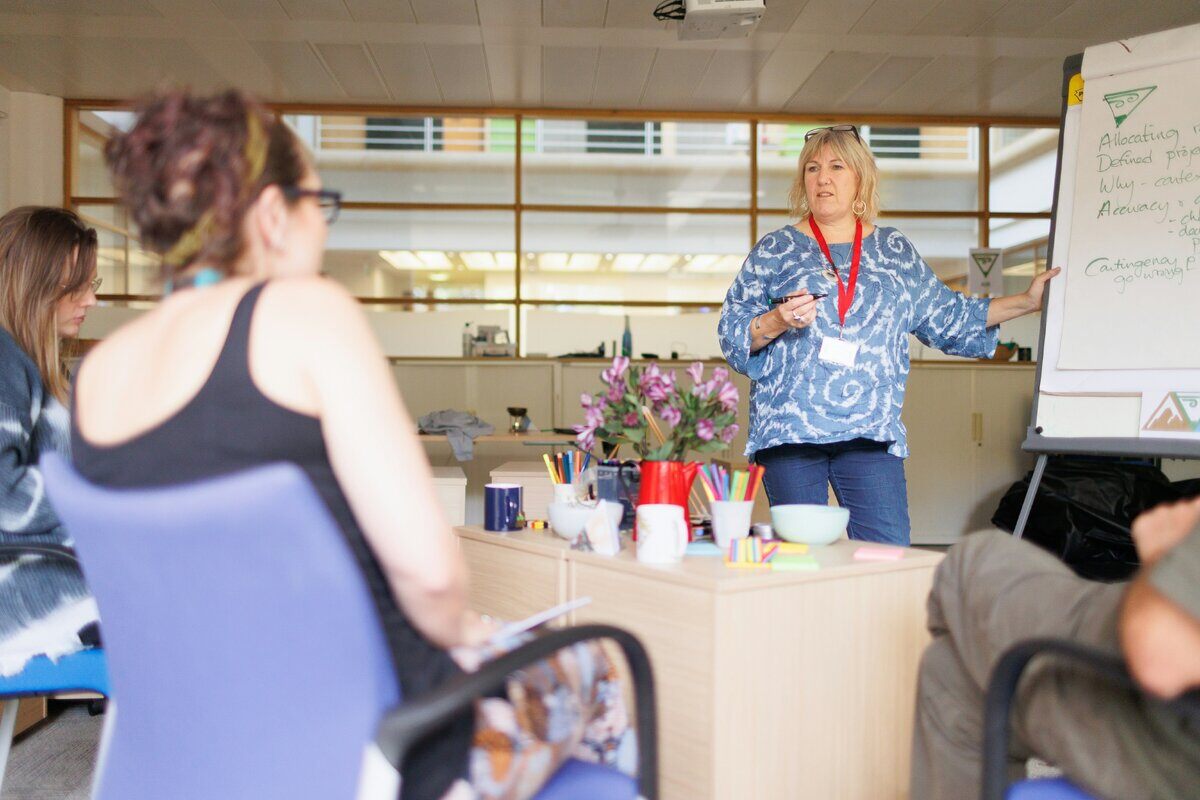
Modeling The "Openness" of Learning Environments
Openness and Learning Environments
Technology constantly gives us new and exciting ways of enhancing learning experiences. Early digital technologies focused on opening new delivery channels. We continue to see digital learning technologies transform the way we connect and learn from other people. In many ways, we have seen learning environments shift from information focus to socially focused platforms.
With this continuous advancement of learning technologies, an important dimension of learning environments is becoming more prevalent: openness.
The term "open" in education tends to focus on open educational resources, or licensing that allows people to use, adapt, and share learning resources. This type of openness is critical to solving many of the issues we face in education.
In this post, I expand on this concept a bit to define openness as the types of broader dynamics that are present with a learning environment. I'll borrow concepts from systems thinking to describe how interactions happen in learning environments as being part of an open or close system. Finally, I offer two comparison models of learning environments and highlight the advantages of open learning environments.
Why Openness Matters
For the most part, education has historically operated in closed systems. A closed system is one that has limited inputs, outputs, and feedback loops. For example, a college course is often taught in a classroom setting using many of the same techniques, methods, and resources that have "proven" to be successful in the past. Yet, through what measures are we determining success? Are these measures internally driven or drawn from outside of the learning "system"?
On a surface level, open learning environments increase access, affordability, learner success, sustainability, and scale. These are all important issues facing our education systems today.
Even more important, openness of learning environments allow the learning process to be more visible and inviting of critique and new ideas. This allows ideas to merge and develop by valuing diversity of thinking. These types of dynamic interactions can only occur in open learning systems (environments).
Comparing Two Learning Environments
The following video compares two learning environments that embody varying degrees of openness.
You can view the “closed” learning environment here.

This blueprint shows a traditional “closed” learning environment which lacks external inputs and experiences for the learner. You’ll notice on the following profile, there is an emphasis on information and interaction from the facilitator.

In contrast, you can view the “open” learning environment here.

This learning environment model shows much more diversity and variety of external inputs that shape the learning experience. This is shown in the profile below which is more balanced in terms of information, dialogue and feedback. There is also a greater emphasis from the learner’s interactions.

Implications for Learning
The change from designing closed to open learning environments is one that is not easy for many educators and learning professionals. The goals of information control, accuracy, and efficiency are all strong forces that reduce the openness of learning environments.
When designing learning environments, there are important reasons to keep some parts of learning environments closed such as where privacy and security are required.
That being said, there are also many opportunities where learning experiences can benefit from more open learning environments. Allowing ideas to be shared, contradicted, and critiqued are all important benefits of open learning environments.
Furthermore, open learning environments can leverage other open learning environments to create a type of learning network, or ecosystem. In this regards, the diversity of the environment has both learning and scaling benefits.
Leaders and designers of learning environments should start by assessing the openness of the learning environments they create or are a part of. Next, determining appropriate ways of creating more open systems can facilitate transformative learning experiences.
Concluding Thoughts
The openness of learning environments will continue to fundamentally shape how we view the future of learning. With a growing emphasis towards interoperability of technologies and information, the interoperability of learning experiences will also present many different challenges and opportunities for designers of learning environments. Finding appropriate ways of creating more open learning systems/environments will only spark innovation and facilitate new and creative ways of helping people learn.
Subscribe To Our Blog
Most Popular
Post By Topic
- associations (2)
- blended learning (2)
- CLEA (3)
- community of practice (1)
- Continuous Improvement (1)
- covid (1)
- culture (1)
- customer engagement (1)
- Design Studio Session (7)
- designcast (2)
- E-Learning (2)
- engagement (1)
- equity (1)
- ILED (6)
- ILED Designcasts (4)
- Innovation (4)
- learning design (25)
- learning enviroments (21)
- learning innovation, (4)
- Learning Strategy (7)
- LEM Techniques (3)
- micro-credential (17)
- Powered by LEM (5)
- professional learner (2)
- Show Notes (4)
- Skills Gap (2)
- technology (3)
- Uncategorized (11)
- video (1)
- visualization (10)
- Workshops (1)





